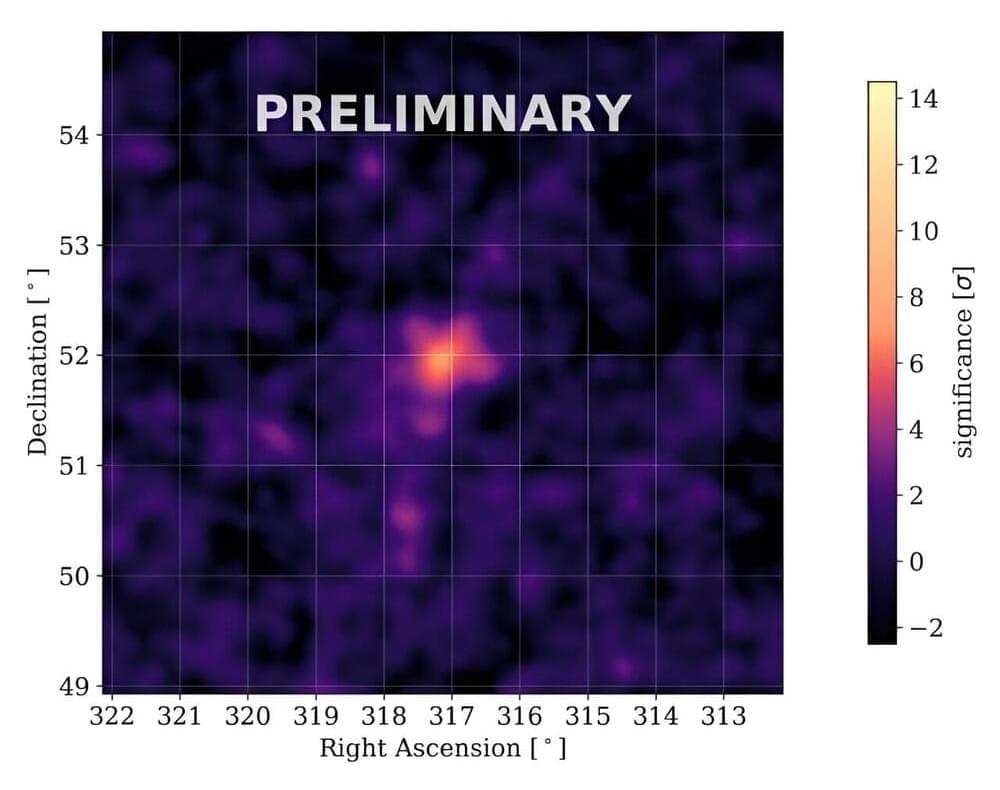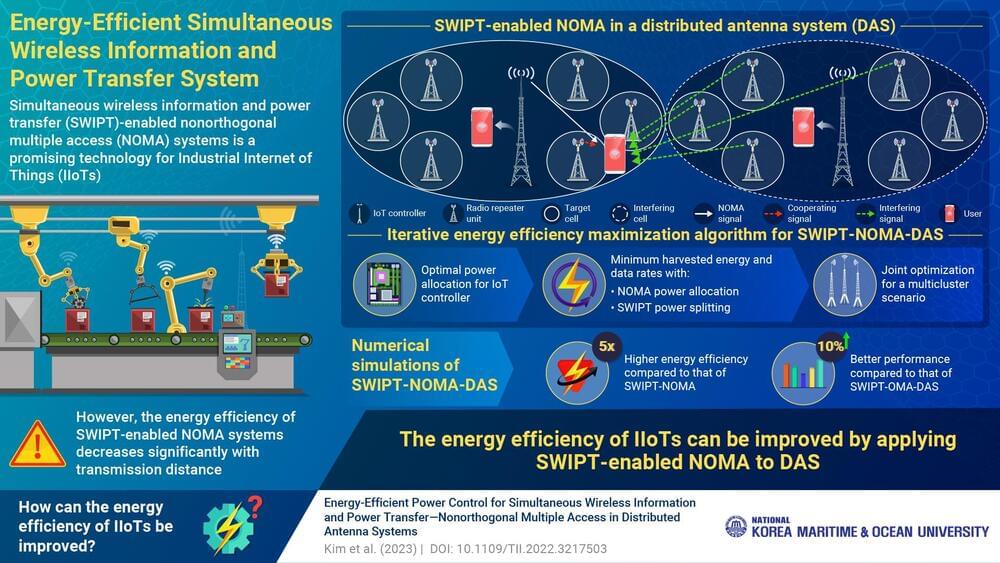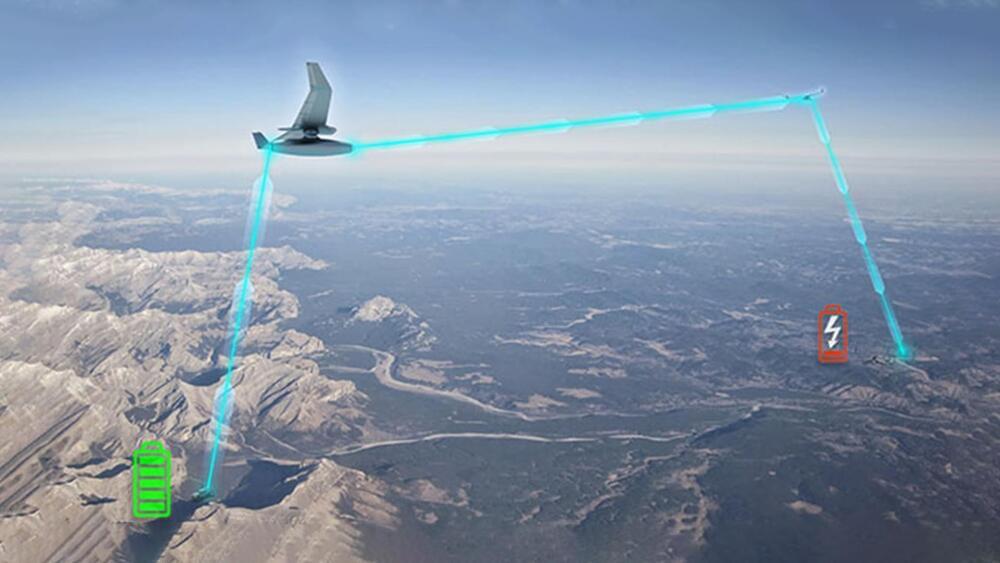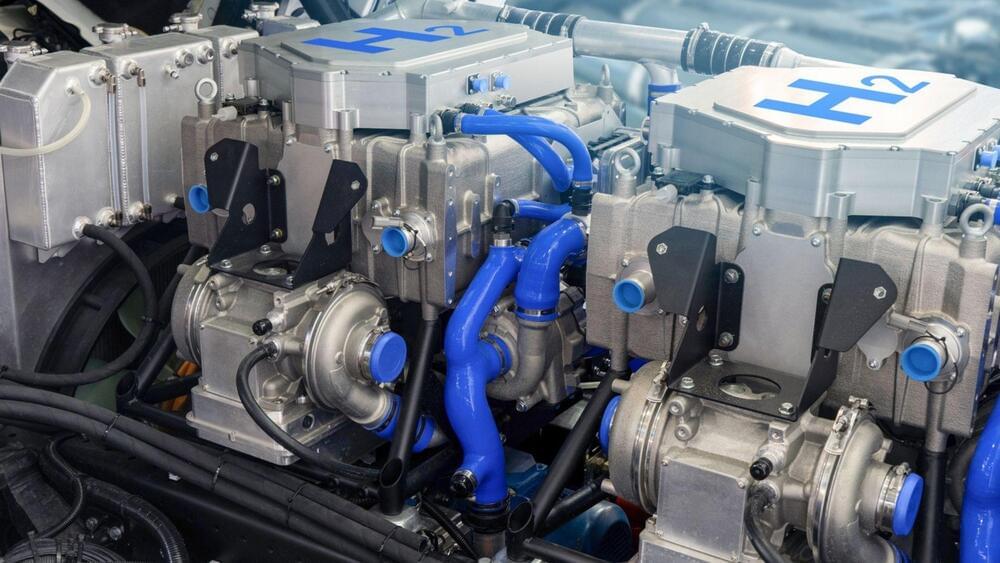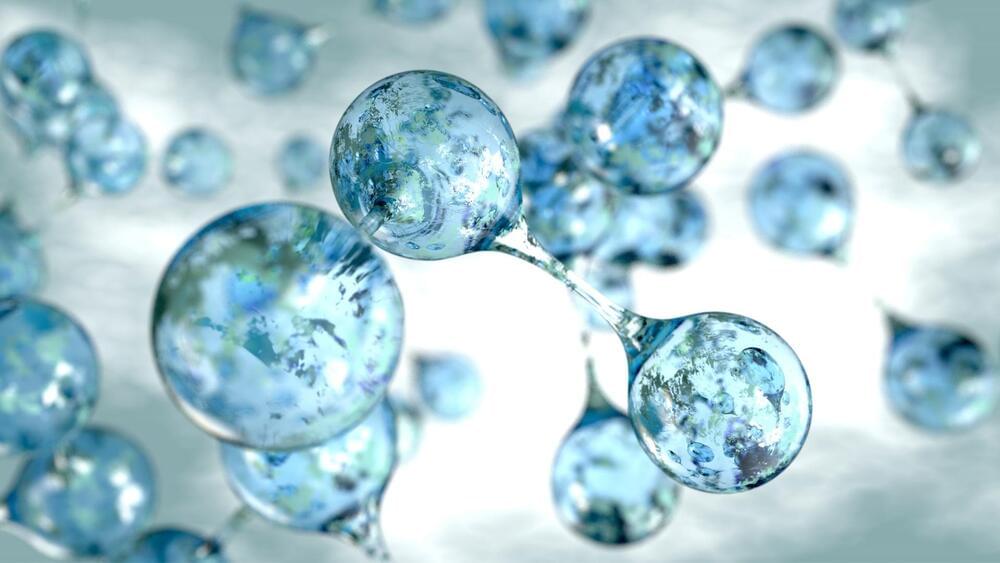Sep 11, 2023
Mysterious ultra-high energy source investigated by astronomers
Posted by Saúl Morales Rodriguéz in categories: energy, space
Astronomers from the University of Maryland and the Michigan Technological University, have inspected a mysterious ultra-high energy gamma-ray source known as LHAASO J2108+5157. Results of the study, published August 31 on the pre-print server arXiv, could help us unveil the true nature of this source.
Sources emitting gamma radiation with photon energies between 100 GeV and 100 TeV are called very-high energy (VHE) gamma-ray sources, while those with photon energies above 0.1 PeV are known as ultra-high energy (UHE) gamma-ray sources. The nature of these sources is still not well understood; therefore, astronomers are constantly searching for new objects of this type to characterize them, which could shed more light on their properties in general.
A team of astronomers led by University of Maryland’s Sajan Kumar decided to take a closer look at one such UHE gamma-ray source designated LHAASO J2108+5157. It is a point-like source with an extension less than 0.39 degrees, known to be associated with the molecular cloud [MML2017]4607—located some 10,700 light years away.
